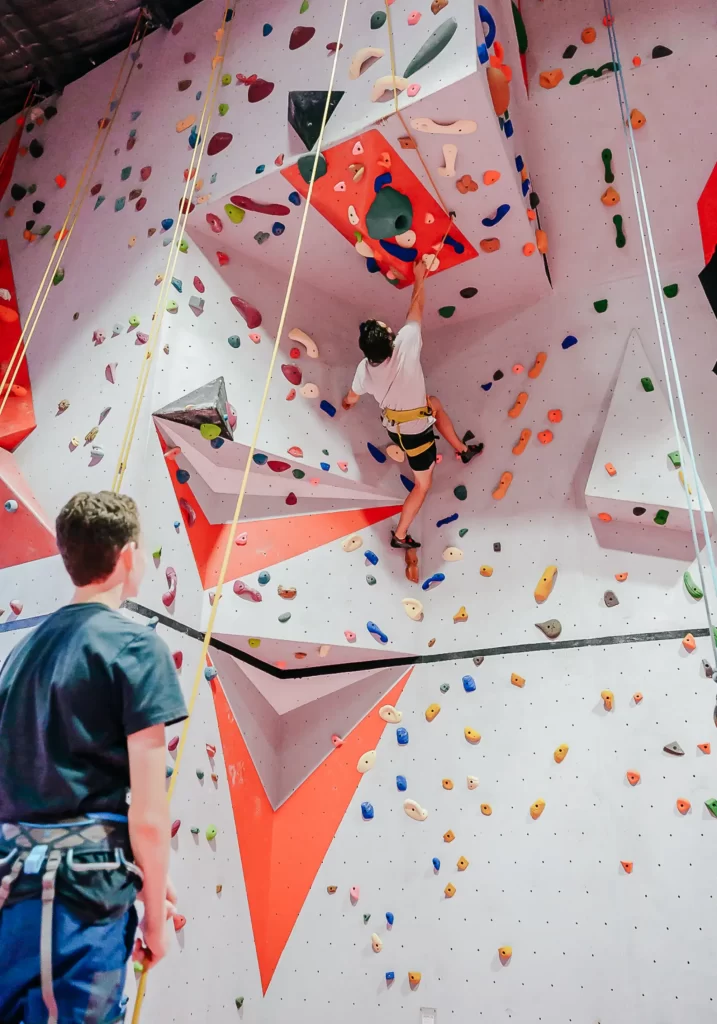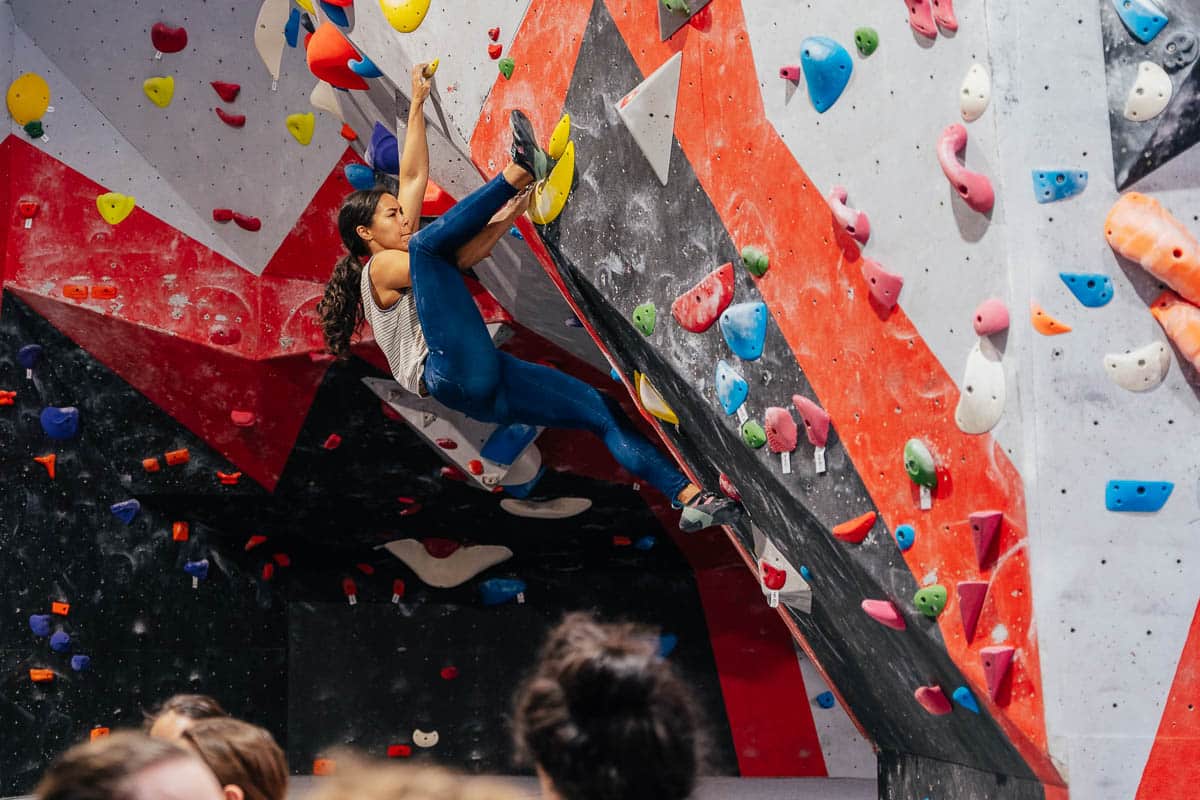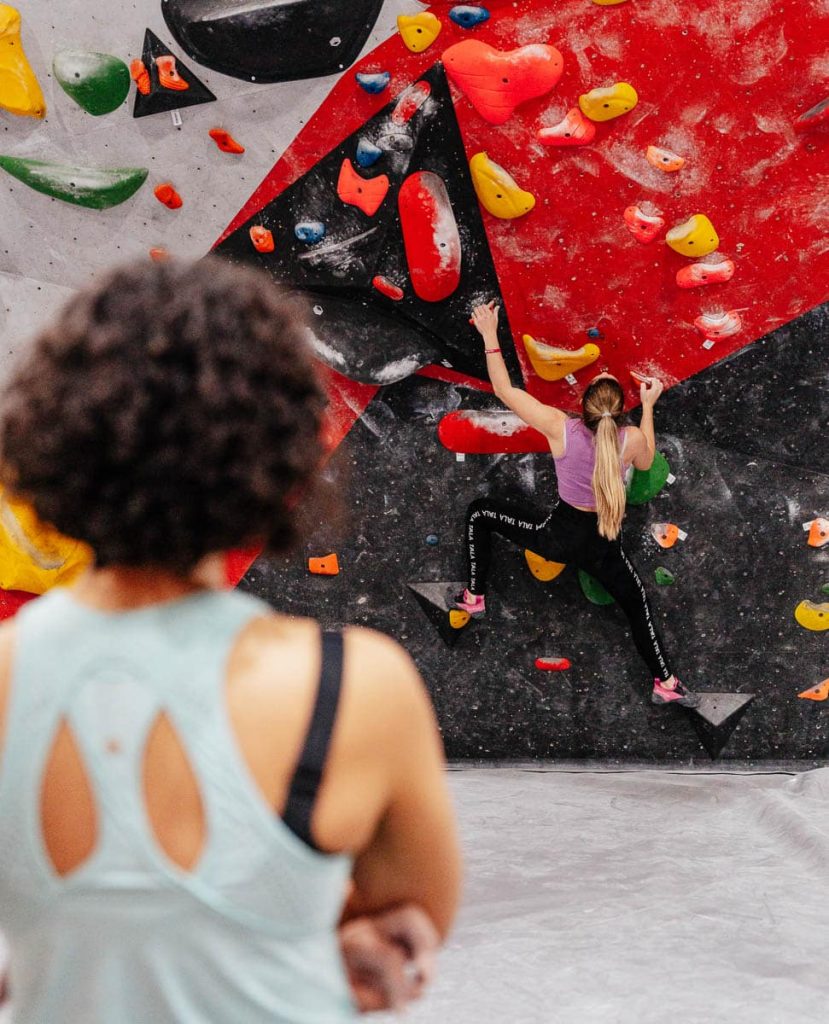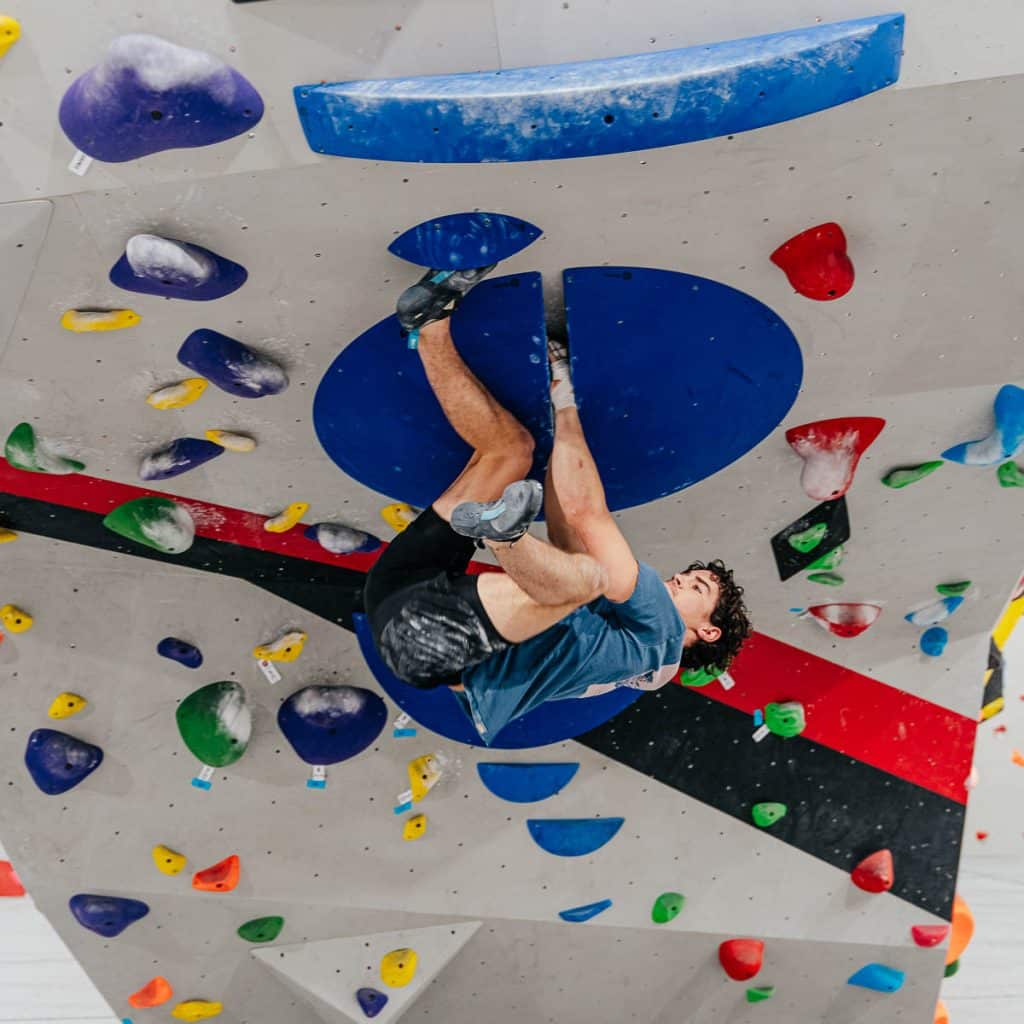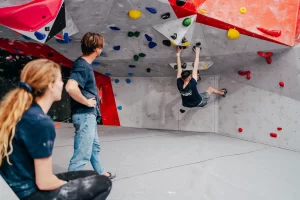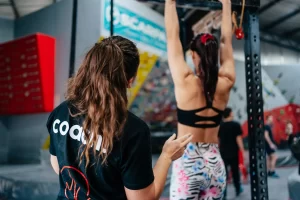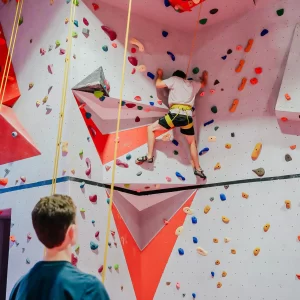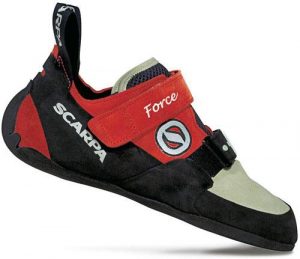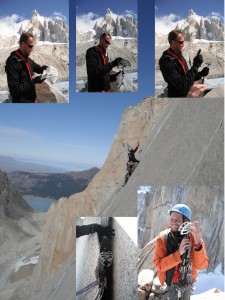Hangboarding
Hangboarding
Let me begin this article by saying the ideas discussed within I have picked up over the years and I am in no way saying they are the best way to get stronger. I am additionally acknowledging that there are many people with far more experience and qualifications than myself who may be able to make a more accurate statement on training. I am simply sharing some of my knowledge and experiences regarding training and the like. Whilst I am on this warning wagon, make sure you do a significant warm-up before attempting anything climbing related, especially something on the hangboard.
A Hangboard or Fingerboard is a specific piece of equipment which is used in the hope to gain significant amounts of finger strength. It can additionally be used to enhance your total upper body strength including your core by incorporating chin-ups, leg raises and the like. Whilst this type of training is very effective it is imperative that you have the experience of climbing behind you. By this I mean you should have a strong climbing related foundation. Your body needs to be familiar with the strains of climbing or I guarantee you WILL get injured.
Let’s have a little look into why I believe people get injured so frequently whilst incorporating hangboarding into their training regime. First, let’s look at climbing, not hangboarding but actual climbing. When you fall off, generally it is for one of a few reasons.
1- Statically: You physically could not perform the move. Regardless of whether it was your core that gave out, you couldn’t lock that extra little bit, you couldn’t rock over that heel using your hamstrings, etc.
2- You are not flexible enough to reach the required holds, likely footers.
3- Technically you made a mistake or did not perform what is required.
4- Dynamically: You reached the move but could not grasp it. You slapped the hold, or you may have even done the move and stuck the hold for a bit, but when you fully weighted it you fell off (hangboarding can help here).
On point 4, even if you fell whilst grappling a hold, ask yourself were you technically sound getting to the position? Was it really that you couldn’t hold the hold or was you’re your body was coming away from the wall and slapped the hold as you fell. I guess in short, you often fall in climbing through technical faults rather than inadequate strength. That said, there are going to be moves where you just need more strength, typically finger/forearm strength. This is why this type of training is most beneficial for those who have adequate technique and want to add to their repertoire to improve their climbing.
Hangboarding involves minimal technique so when you fall or fail it is a pure muscle failure. That is, your muscles cannot work any harder and is therefore forced to relax causing you to fall. You are pushing the boundaries of what your muscles can or cannot perform, hence the reason why you are likely to get injured if you do not warm up or have a decent background in climbing.
Within your muscles you have “Muscle Spindle” and “Golgi Tendons”. These are proprioceptors which detect changes in muscle length and tension. When a muscle is forcefully contracted whereby the force exceeds what the muscle/tendon can cope with, the Golgi Tendon it will basically force you to relax that muscle causing you to fall. As you can imagine this happens often in climbing and likely a primary reason as to why you fall. Muscle spindle will similarly monitor the agonist muscle length whereby if it is stretched too much it will force a contraction sometimes in an attempt to minimise injury. Unfortunately, the Golgi Tendon is not as sensitive as muscle spindle. This explains why you see so many pulley injuries. From what I understand, these proprioceptors can somewhat adapt to a certain extent, this is where hangboarding comes in.
By training on the hangboard I believe you are adapting and slightly increasing the level of force you are able to have in your muscle before they are forced to let go. This means they can hold more of your weight before you plummet to the ground or weight the rope. However, this is the exact reason why it is a very fine line between gaining strength and getting very very injured.
So how do you go about training on a hangboard? There are many many different ways to train on a fingerboard. There is no right or wrong way, though some mention you shouldn’t fully straighten your arms as you load up the joints too much and should not fully crimp for the same reason.
Here is some of what I have experimented with during my time.
- On the minute training.
This is a great way to enter the realm of hangboarding. You can do on the minute sessions in as little as 10min after a proper warm up. You can find a couple of examples here http://www.metoliusclimbing.com/training_giude_10_min.html once you have mastered some of the provided examples you can easily make up your own sequence which is relevant to your level of climbing. Typically I made sequences which incorporated chin ups then dead hangs using a variety of grips, as well as uneven arms. Make it so by the end of your session you are pretty smoked though you still have some left in the tank. As hangboarding makes you very prone to injury it is important to not to completely empty the tank, this will only increase your chances of injury. Less is more!!!!!
- 10/10/5’s
I experimented with this to try to build explosive power in my arms as well as gain finger strength. However, a big warning goes out with this one as it involves quite a lot of chin-ups, this can easily lead to elbow injuries particularly medial epicondylitis (Golfers elbow). I chose many grips on my boards (you choose whatever, depending on your level). Hang for 10 seconds with minimal bend in your elbows (almost straight). Once you have completed your 10 seconds, pull up to about 120 degrees and hold for another 10 seconds. Once you have completed the second 10 seconds, go straight into 3-5 fast chin-ups. If your struggling after the 20 seconds briefly jump off, have a shake and chalk then get on and do your chins. I did this for all off my holds on my hangboards, you can do that or just choose a few grips to use.
- Assisted one armed hangs (advanced)
Only use this when you can hang with one arm off an edge or slope. You can adjust this as required. Typically I (tried to) hang for 10 seconds with only one hand on a specific hold (not full crimp). The other hand was used to take some of my weight off. I would use a sling or something I could push down on or alternatively a rubber tyre inner (used similar to a sling). I would repeat this 3 times for each arm were I would be dead straight in my arm, ie, hanging on my bones. If you haven’t already, read my “focus article”, doing this training I primarily focus on squeezing my hand as hard as I can. I would then repeat the drill with a bent arm at around 120 degrees and again at just under 90 degrees (be very careful not to aggravate elbows, particularly in this position). So basically, 3 different degrees. Straight, 120 and just under 90. Alternate your arms as you go, ie) Left (good to start at your weakest), Right, left, right, left, right all straight for 10 seconds. Then repeat at 120 and just under 90.
More information can be seen at the “Beast maker” website http://www.beastmaker.co.uk/pages/training, I would additionally recommend the repeaters on the above site, they mimic climbing very well and are a fantastic workout. Don’t forget to mix it up, once you get the hang of it try new things.
Hangboarding is HARD, don’t feel bummed if you don’t think you are doing well. Small steps will eventually lead you to big gains. Climbers often neglect finger strength training (including myself) as it requires a high level of motivation due to its monotonous nature. BUT, if you can find that little extra motivation and force yourself to get on it for as little as once or twice a week you will see gains you haven’t seen since you started climbing.
Be nice to your joints and tendons, they take a long time to repair.
Pete Tosen.

